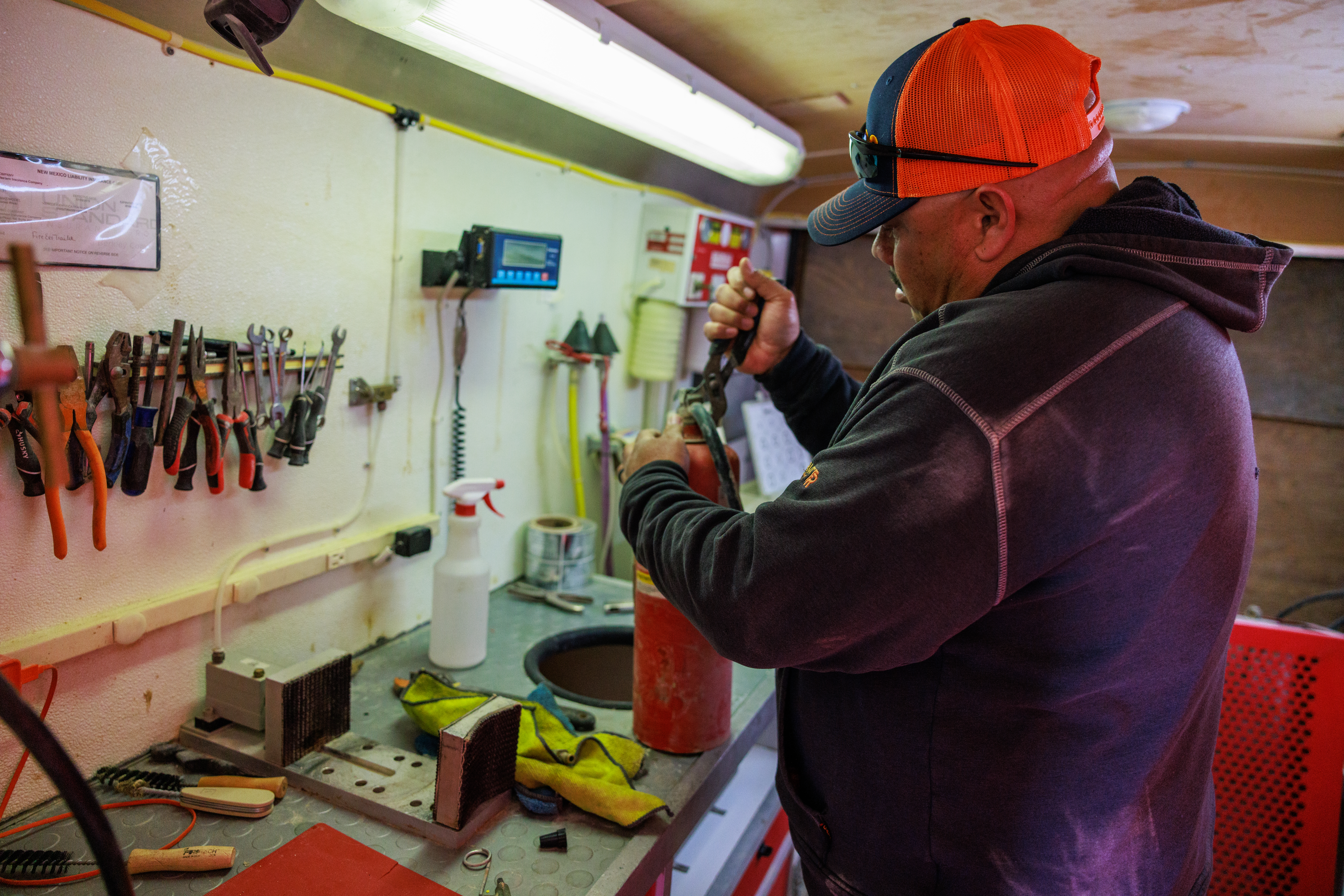
Lea County,
AUGUST 2022
Safeguarding rural economic prosperity through transformative local leadership
The refrain of rural America falling behind is problematically passive.
The refrain absolves the troupe of policymakers of accountability for an inchoate federal rural policy framework, which dictates how billions in omnibus federal spending are distributed throughout rural communities annually. The discourse framing this narrative obscures a political process dominated by a corporate agriculture lobby which, in coordination with Congress, sets the national rural policy agenda that has sequestered the bulk of Farm Bill benefits for large farm-based conglomerates for decades. This political partnership ignores the tremendous heterogeneity coloring rural economies and effectively dooms the non-agricultural residual to fall behind by design. What’s worse, the very phrasing “falling behind” fails to acknowledge the power and agency hidden within rural communities that have transformed community-owned assets into drivers of societal well-being and critical community-enhancing institutions.
The unresolved dualism between the federal energy agenda and the national rural policy setting creates a fundamental gap with profound implications for the economic well-being of oil and gas rural communities. Without adequate support, these economies are highly susceptible to market shocks that jeopardize growth potentials and weaken communities’ capacity to restore balance.5 Embedded in the rural economic multiplex is a proliferation of oil-producing counties powering the U.S. energy basket, many of which are predominantly Hispanic and deeply engaged in building resilient economies that can respond to the challenges of an ever-changing global economy.
Notably, a few of these extractive economies have defied deficit trends of declining job growth and depopulation, typifying the vicious boom–bust cycles characteristic of oil and gas–addicted economies. Lea County, New Mexico has managed to deftly navigate the interplay between oil depressions and transformative rural placemaking policy to establish an EnergyPlex brand anchored in local community well-being.
Lea County, New Mexico stats
74,4551
Total population
12.6%2
Poverty rate
$66,7803
Median household income
4,2024
Nonemployer businesses

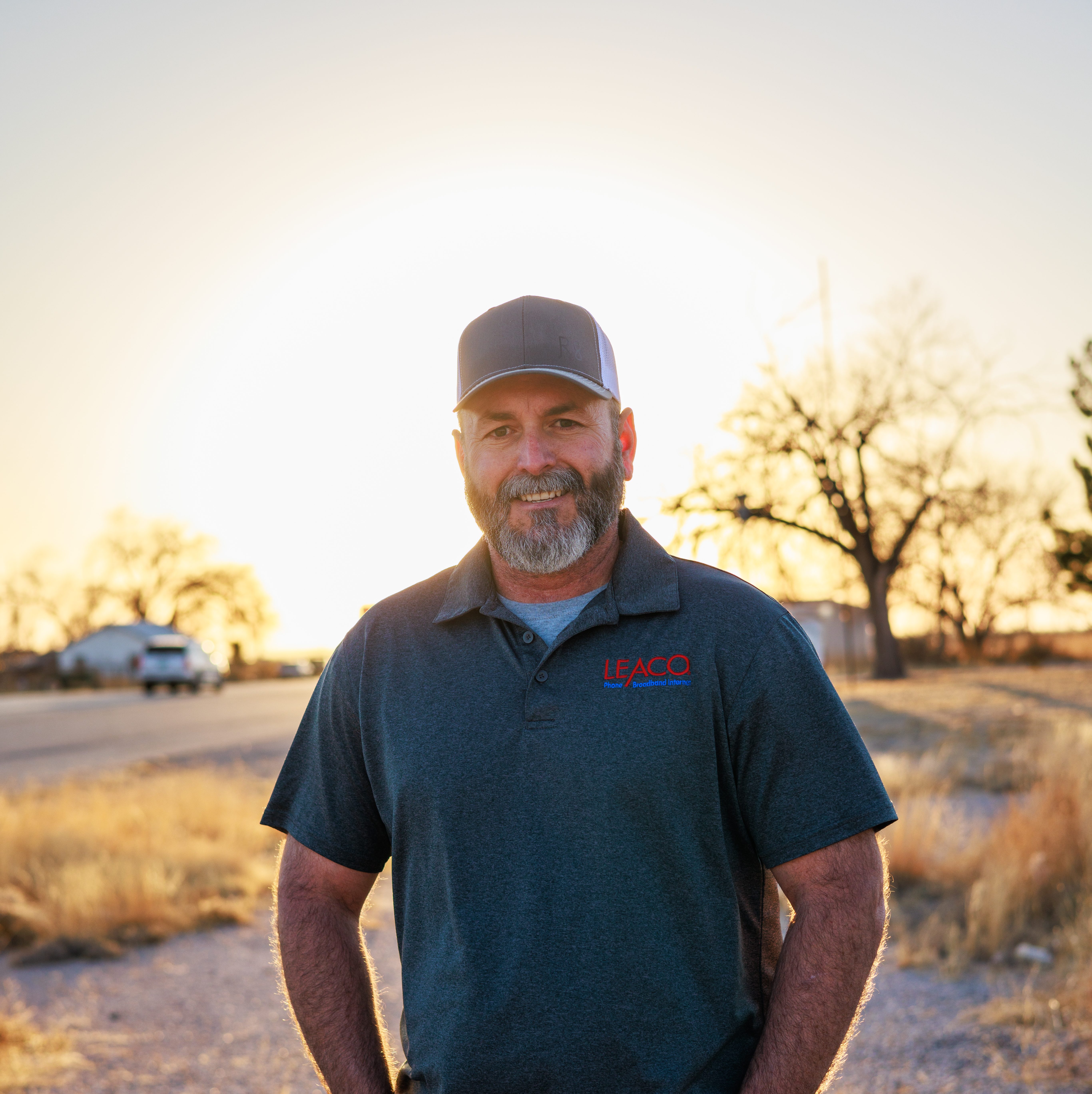
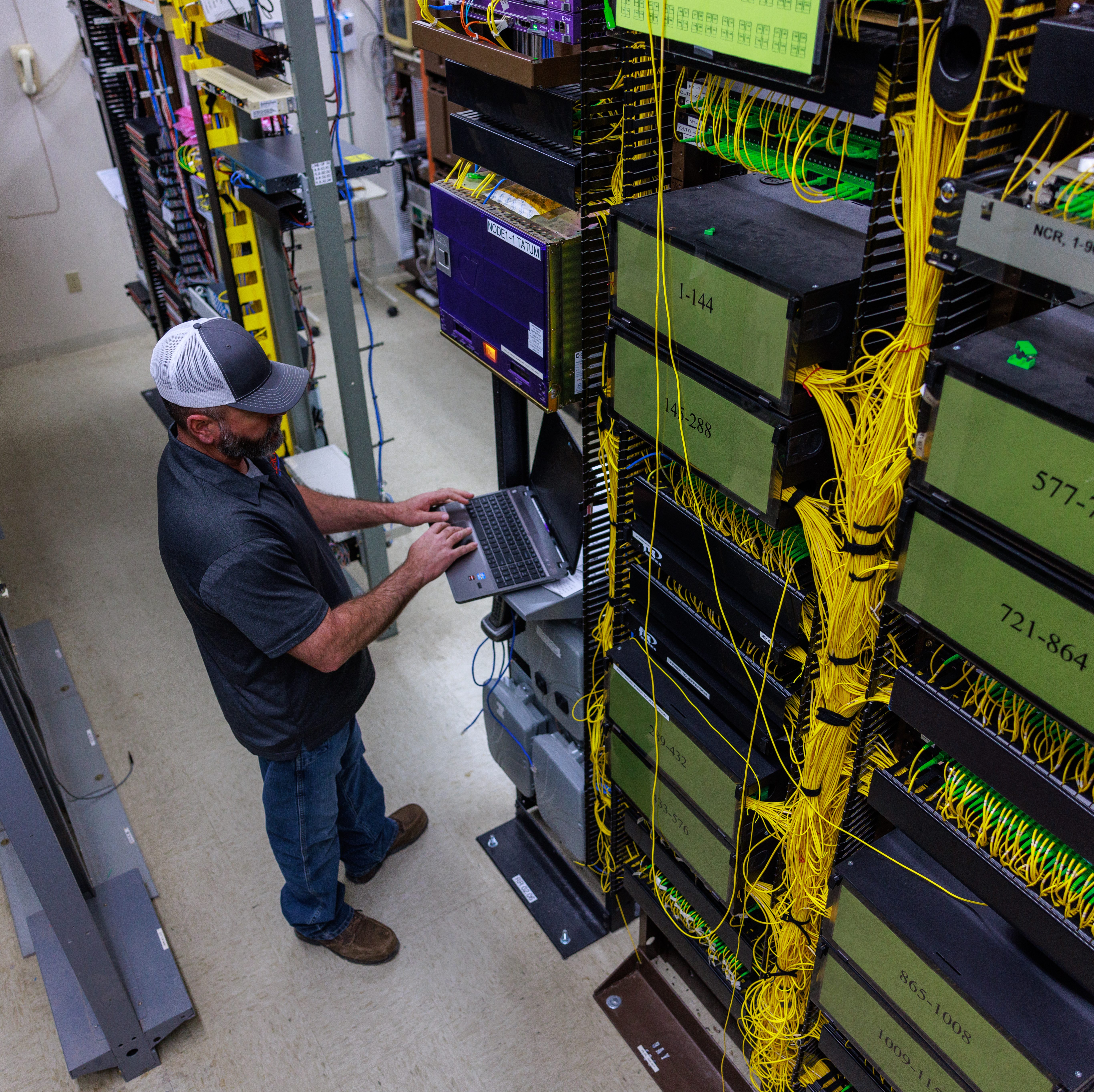
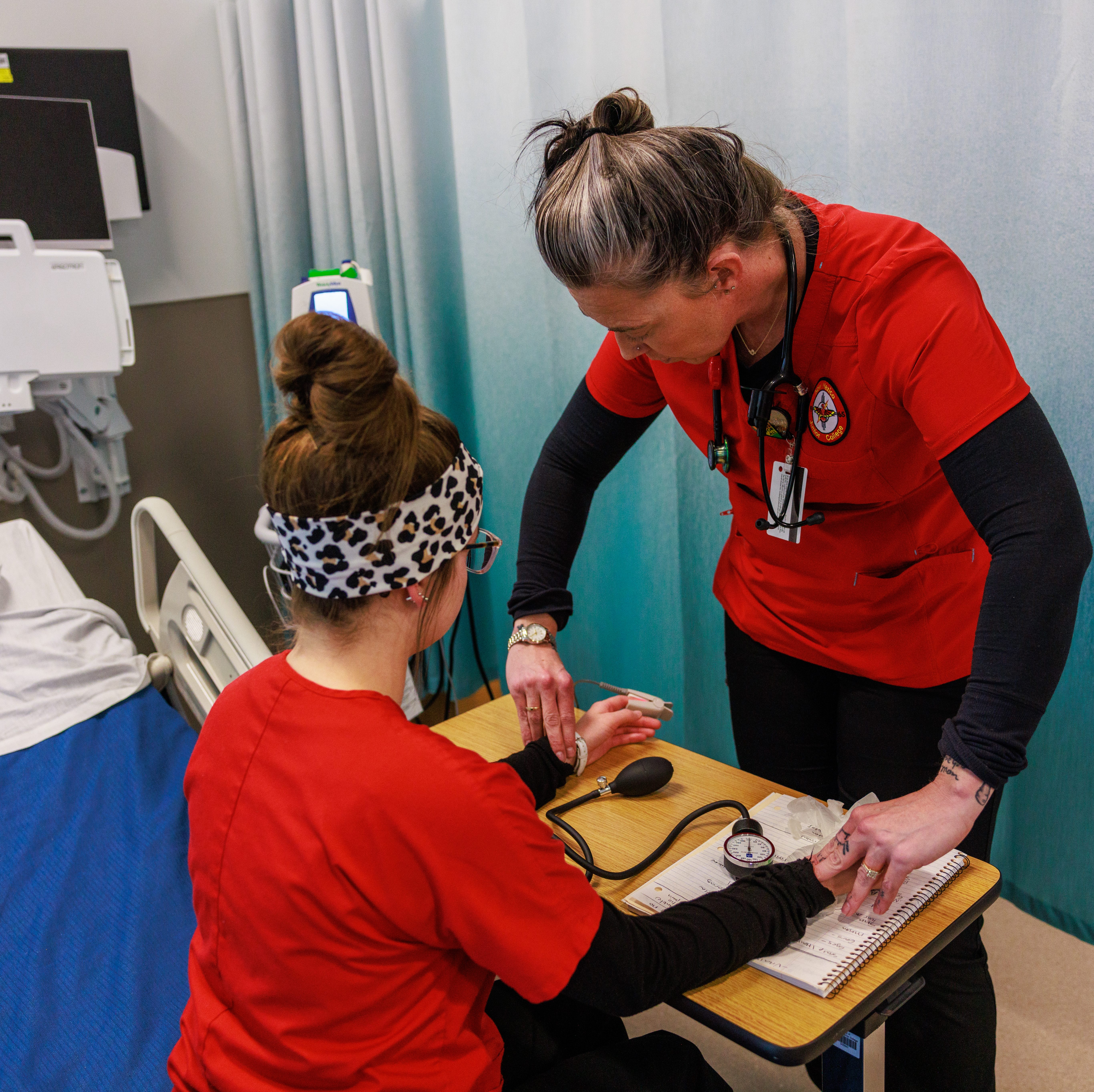
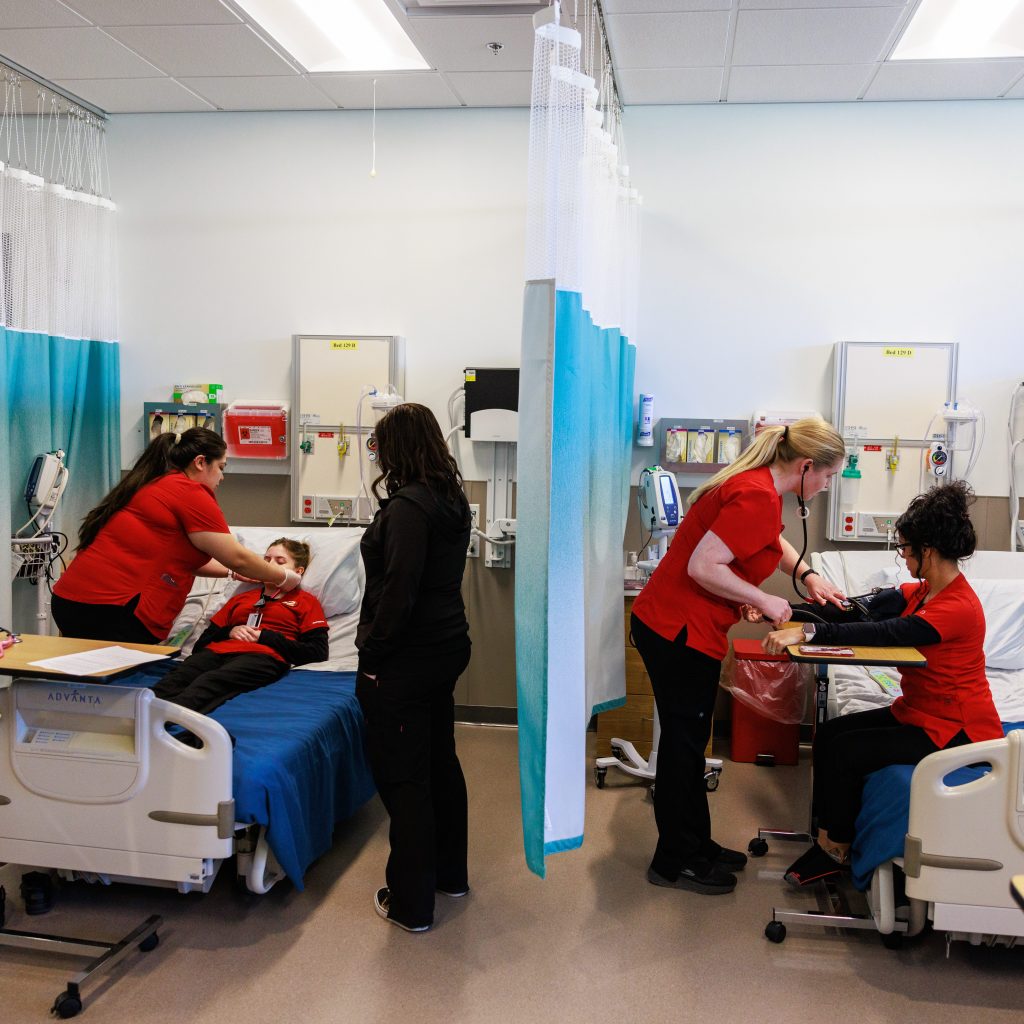
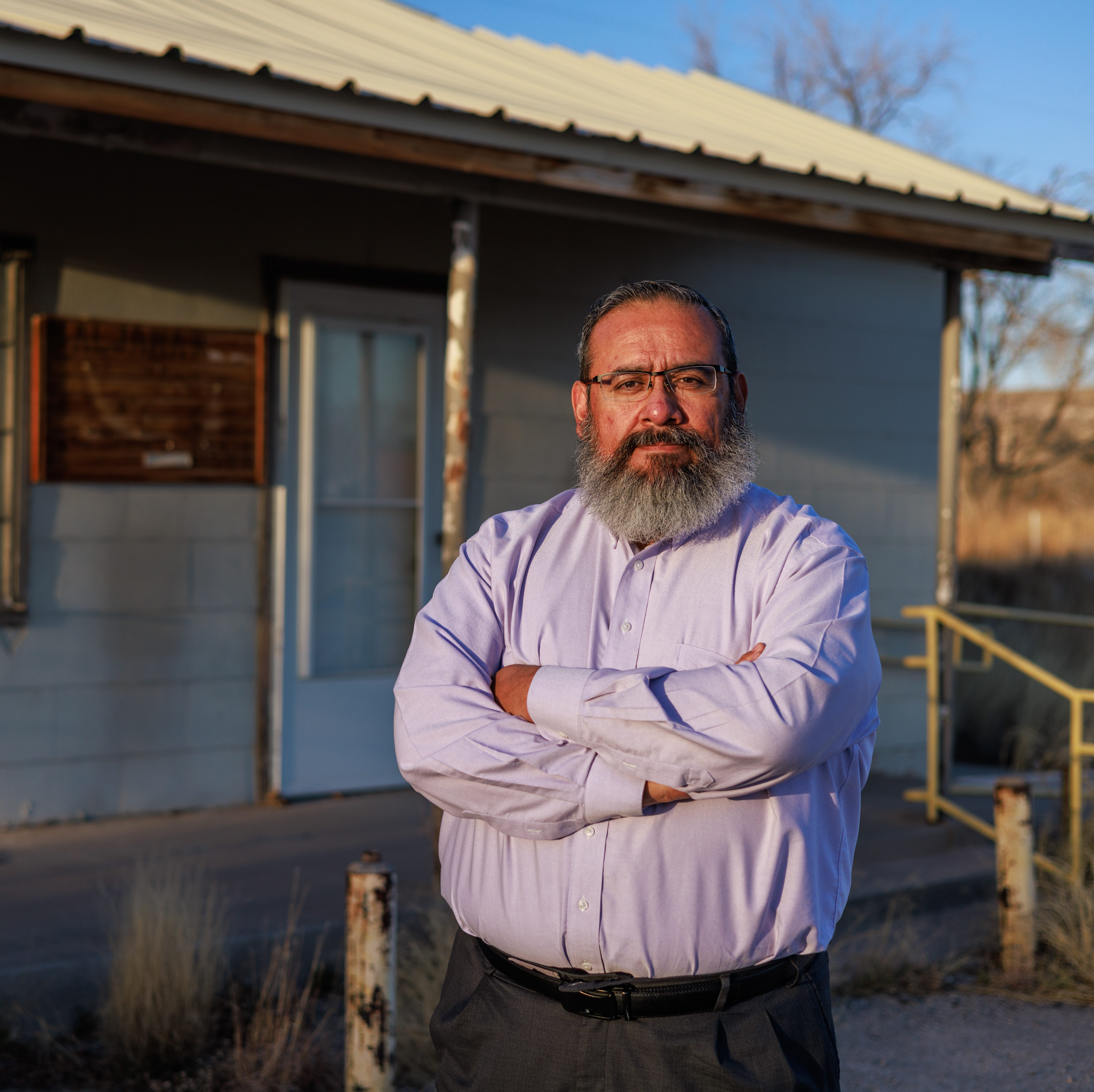
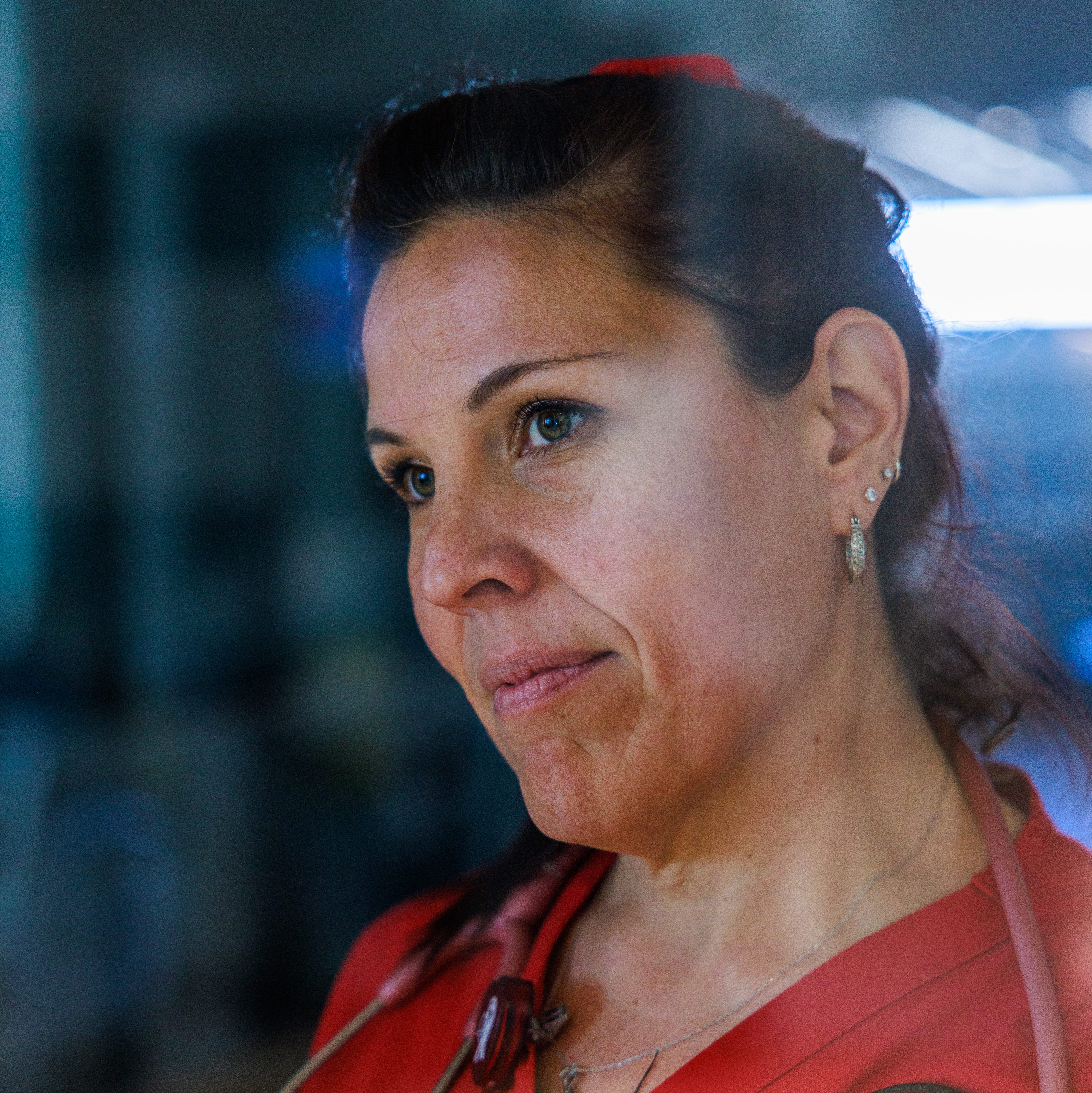
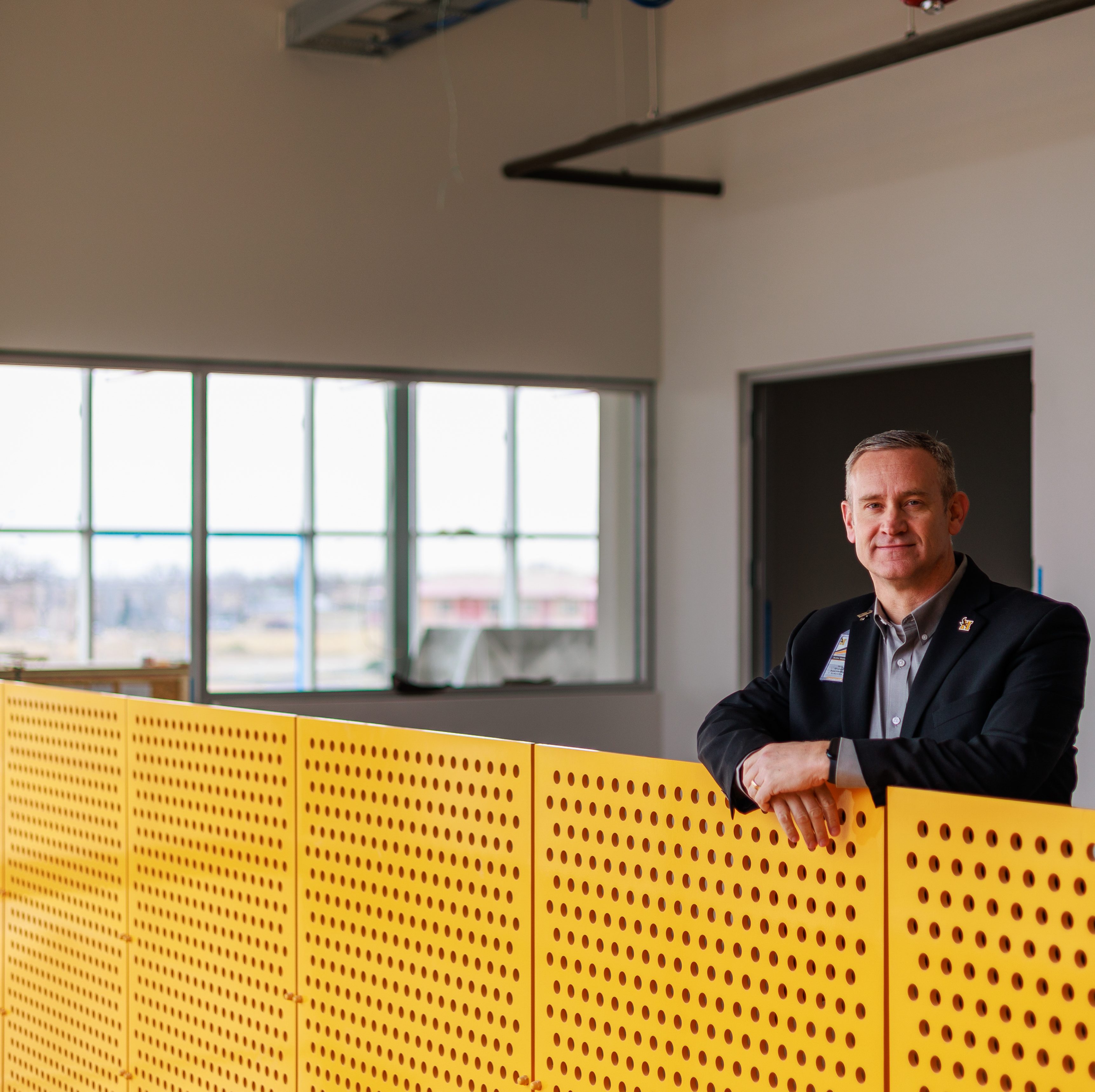
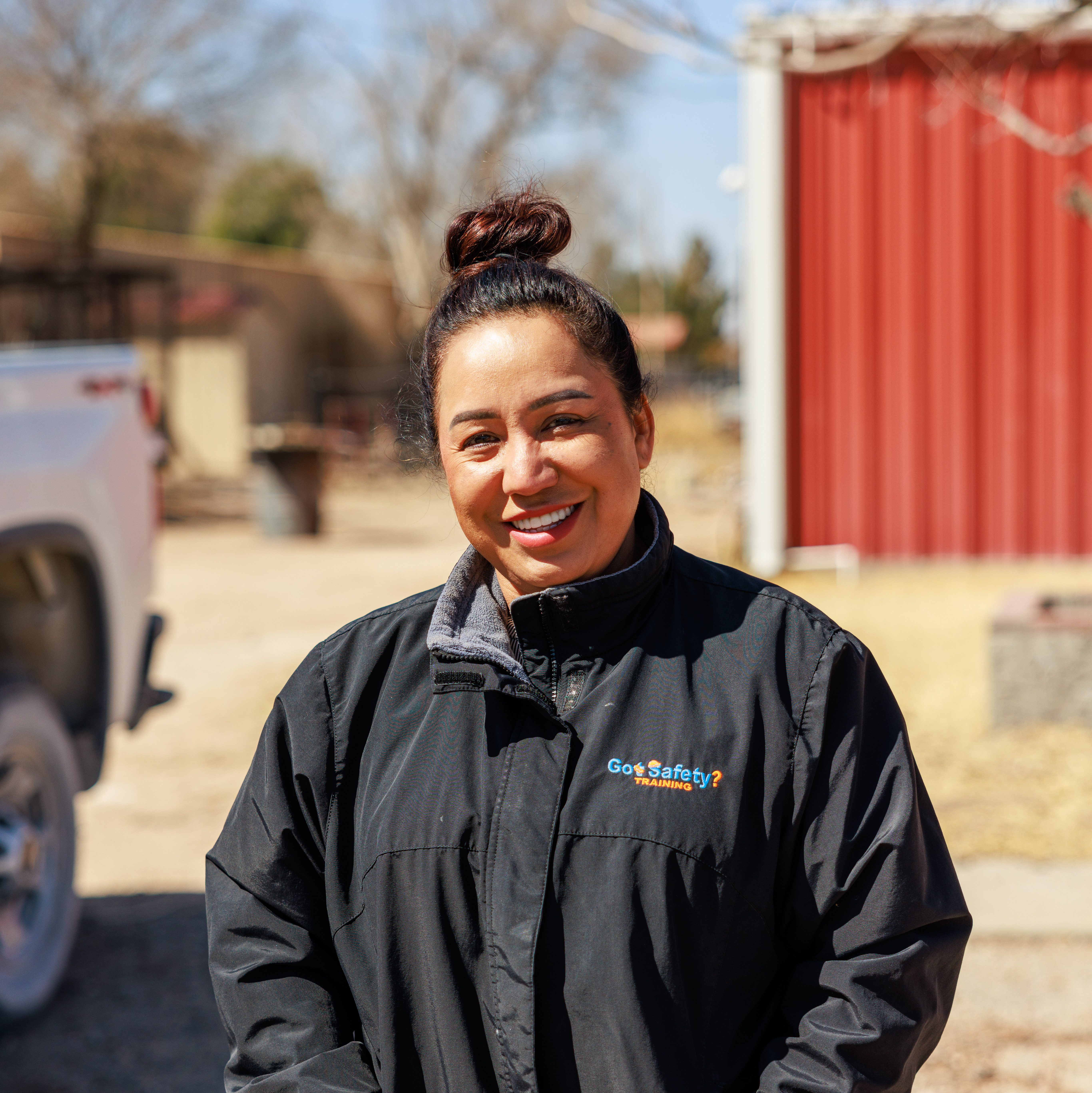
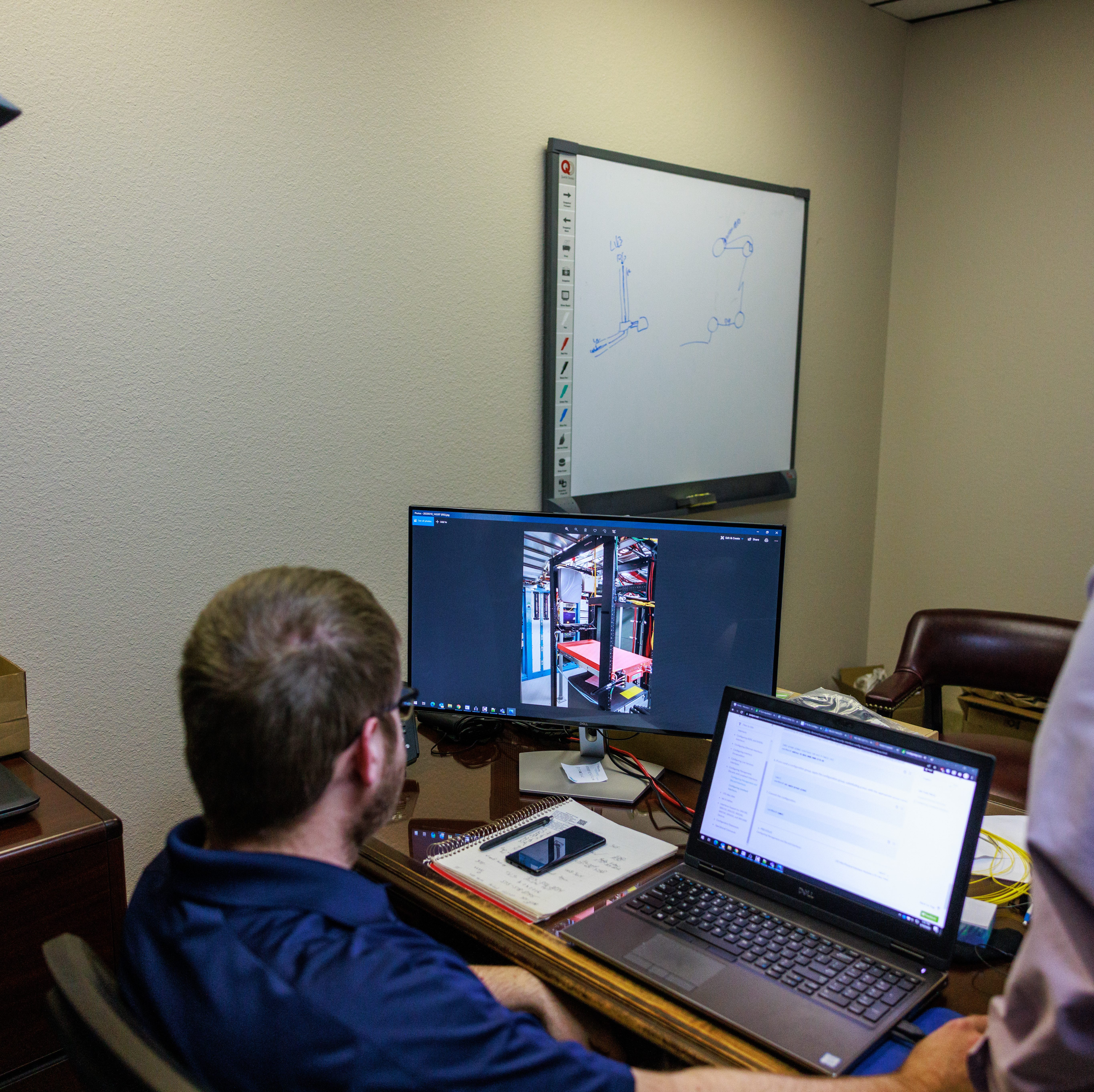
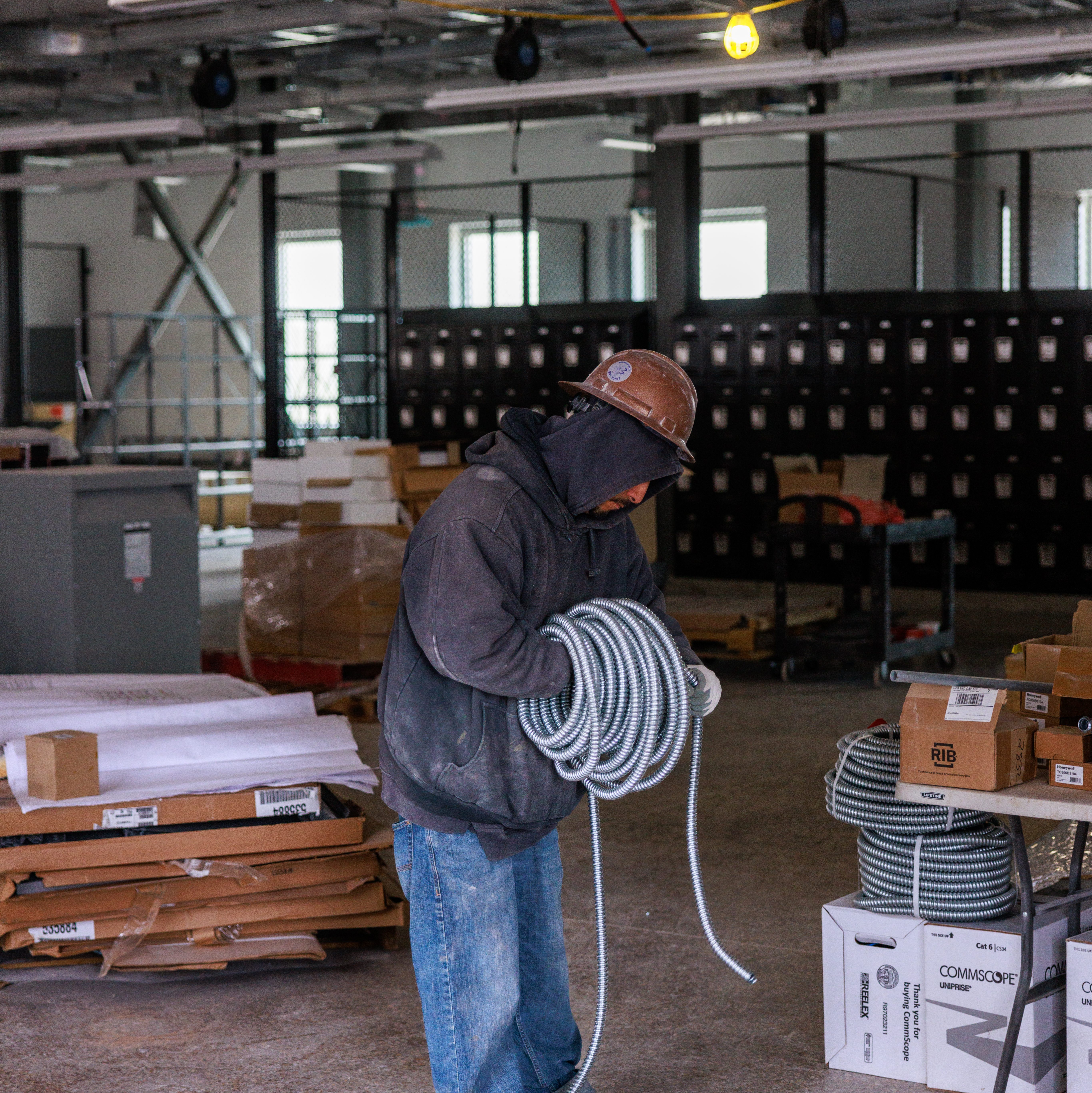
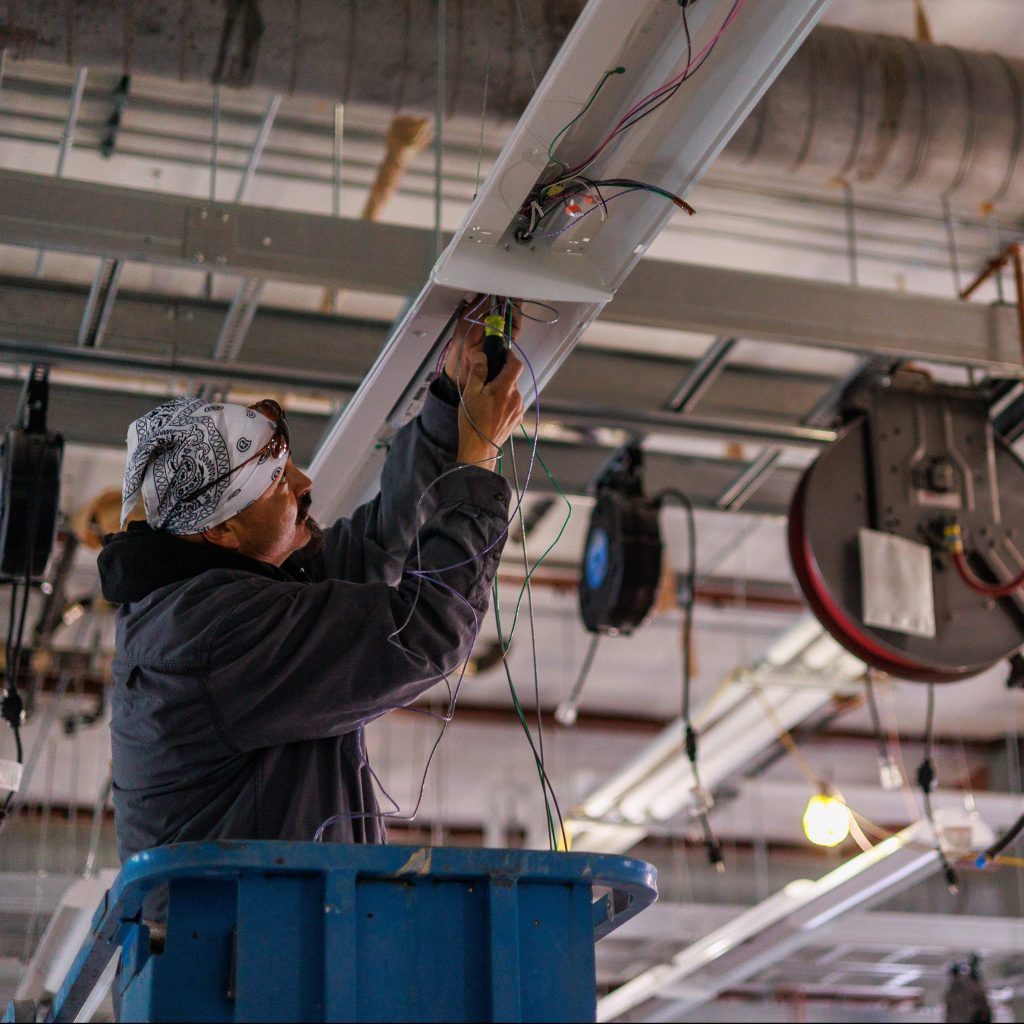
Footnotes
- Source: U.S. Census Bureau, 2020 Decennial Redistricting Data.
- Source: U.S. Census Bureau, 2020 Small Area Income and Poverty Estimates.
- Ibid
- Source: U.S. Census Bureau, 2018 Nonemployer Statistics by Legal Form of Organization.
- Mayer, Adam, et al. “Fracking Fortunes: Economic Well-being and Oil and Gas Development Along the Urban-Rural Continuum.” Rural Sociology, vol. 83, no. 3, 2018, pp. 532–67, https://doi.org/10.1111/ ruso.12198.
Acknowledgements
We wish to thank Google.org and Walmart Foundation for their generous support. The findings, interpretations, and conclusions in this report are those of the authors and do not necessarily reflect positions or policies of donors. Brookings recognizes that the value it provides is in its absolute commitment to quality, independence, and impact. Activities supported by its donors reflect this commitment.
The following people contributed significantly to the development of this case study: Regina Seo, Samantha Elizondo, Yeaye Stemn, and Coura Fall. The author thanks the Lea County community for its generous support of this project and wishes to acknowledge GotSafety, New Mexico Junior College’s Department of Allied Health and Nursing, the Economic Development Corporation of Lea County, and Leaco Rural Telephone Cooperative. We would like to thank Dave Cooper for his photography featured in this case study.
About the Brookings Institution
The Brookings Institution is a nonprofit organization devoted to independent research and policy solutions. Its mission is to conduct high-quality, independent research and, based on that research, to provide innovative, practical recommendations for policymakers and the public. The conclusions and recommendations of any Brookings publication are solely those of its author(s) and do not reflect the views of the Institution, its management, or its other scholars.

